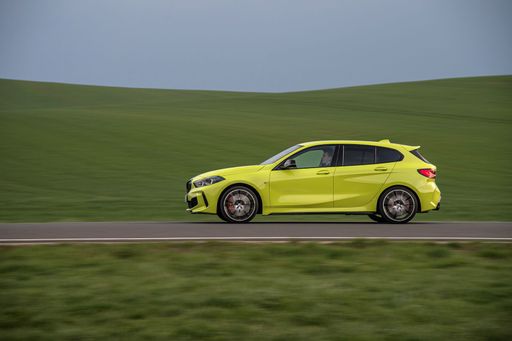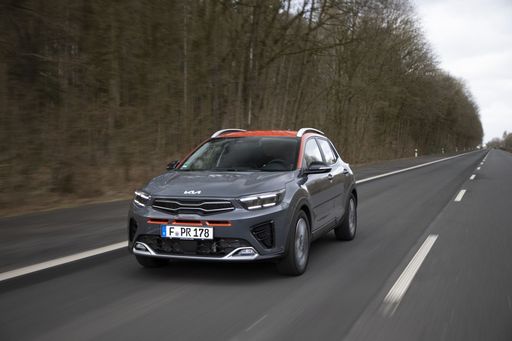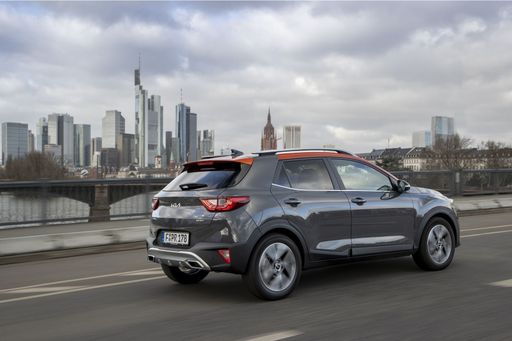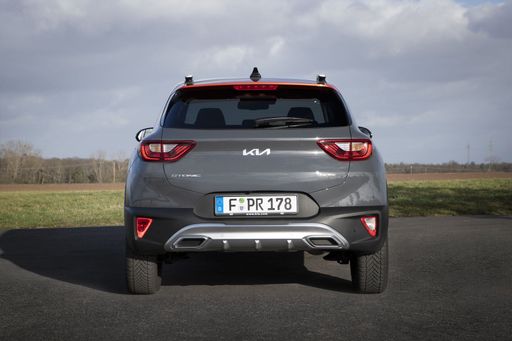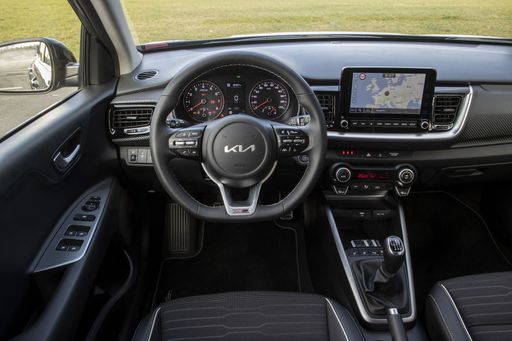BMW 1er Reihe vs. Kia Stonic: A Battle of Style and Substance
In today's compact car market, the BMW 1er Reihe and Kia Stonic stand out with their distinct offerings. While BMW continues to blend luxury with performance, Kia offers a practical and stylish compact SUV. In this article, we delve into their technical specs and innovations to provide a detailed comparison.



